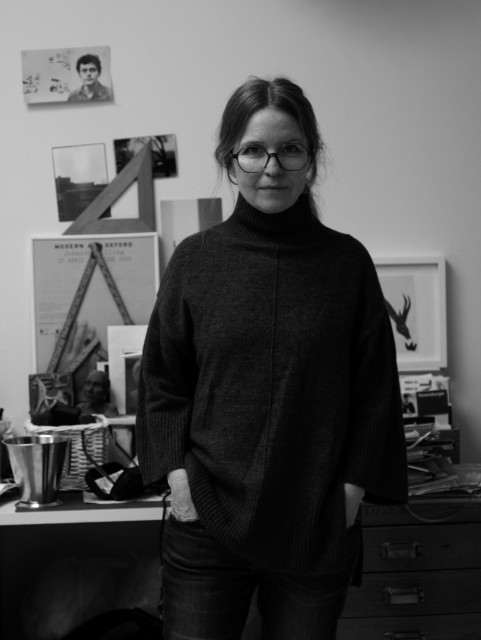Set to a whistling violin soundtrack of improvisations inspired by the 1970s experimental musician Franco Battiato, Billing’s video follows a group of Italian children wandering the streets of Rome, seemingly free to do what they like, having left their parents behind at Al Biondo Tevere (the restaurant where Pier Paolo Pasolini had his last meal before he died).
After running through the park of the Roman Aqueduct, a courtyard in the 1930s working class district of Testaccio and Ostia’s Seadrome, the children finally arrive in an empty school in the centre of Rome, where time appears to have ceased. In a classroom that has been turned into storage, they start to play with troves of outdated educational tools and equipment in an attempt to understand what to do with them. Little by little, each child begins to compose black blots on sheets of drawing paper folded in half, creating blots that resemble those of the Rorschach test.
Influenced by her time in Rome during the protests against university reforms in 2010, Billing’s work queries the future of the younger generation and the undermining of the education system by the harmful politics of populism. Elsewhere, the work alludes to psychoanalysis, to Pasolini and his thoughts on Italy’s social and cultural changes. Billing’s film mines Italian history of progressive pedagogy, conducted by leading figures such as Bruno Munari with his tactile workshops for kids. The work foregrounds the early tradition of Italian filmmakers who, in their biographical films about the 1940s and 1950s, captured the freedom of children exploring their city as a way to reflect upon historical and societal changes.
Rent this work for public screenings

